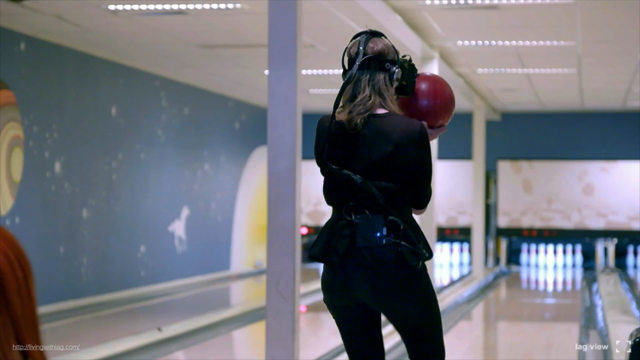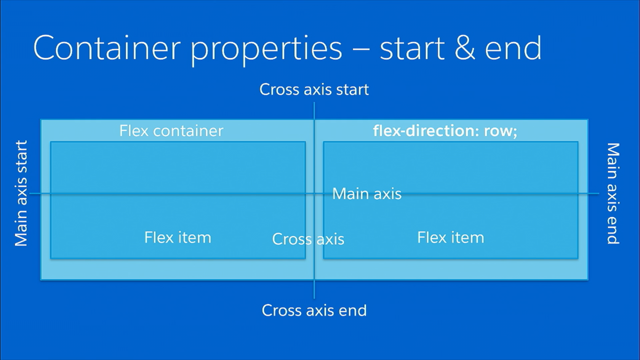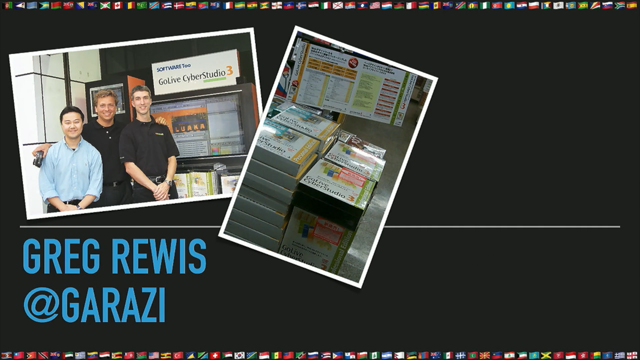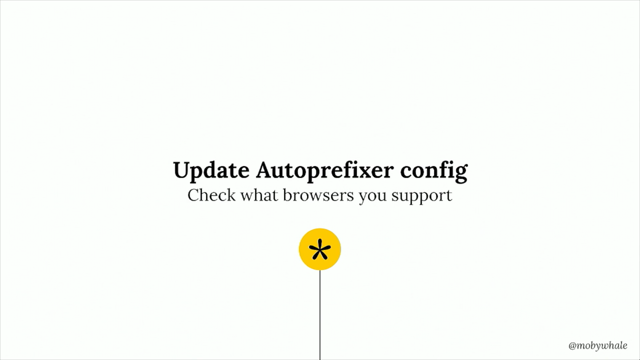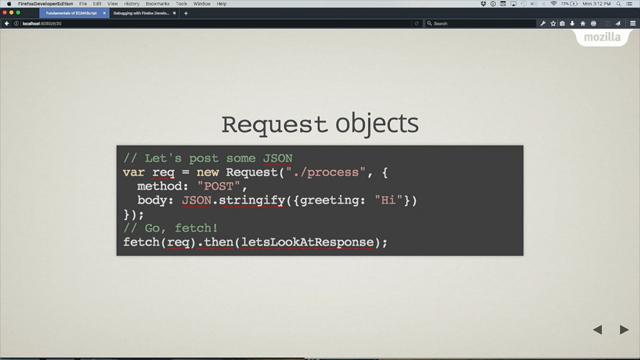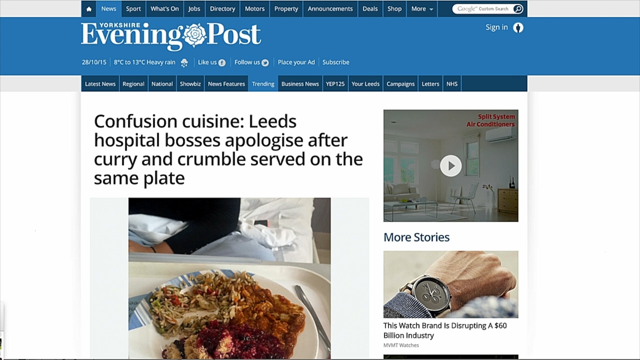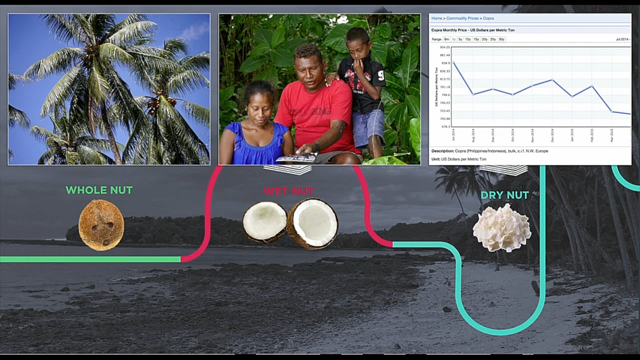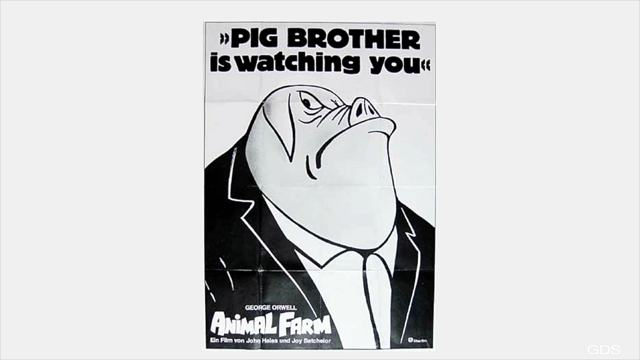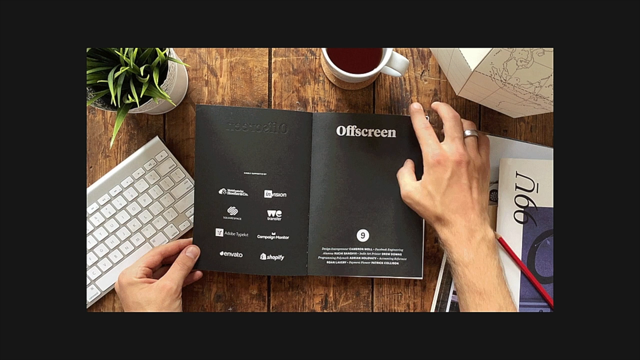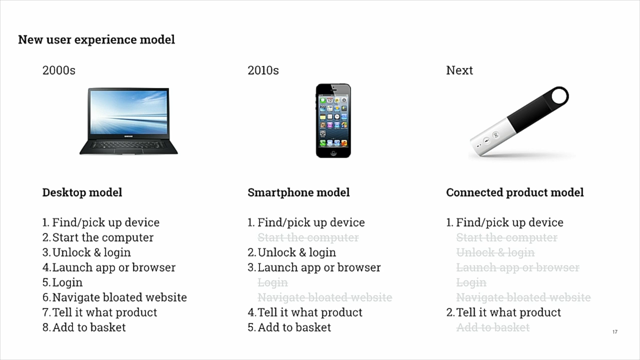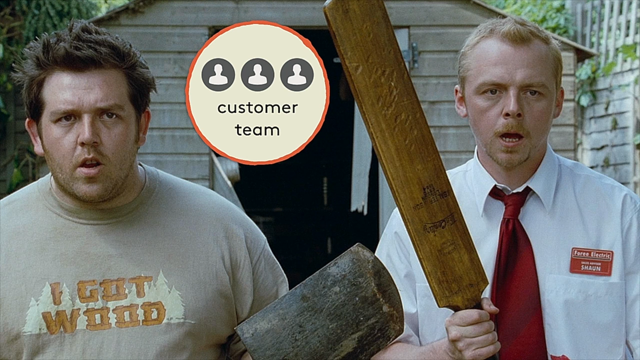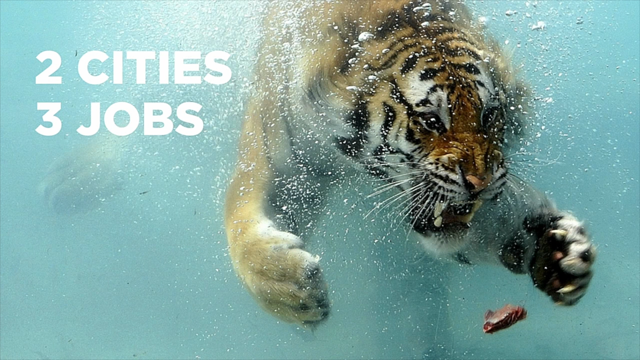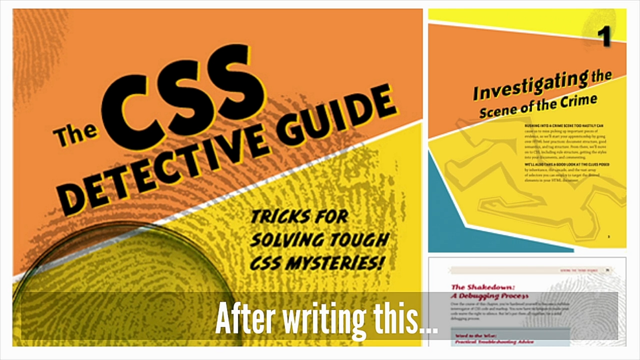Design Everything
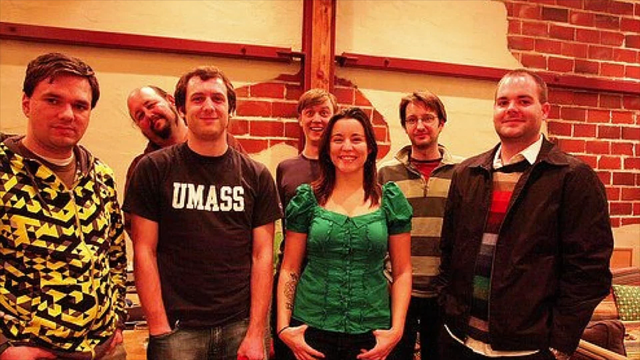
We talk a lot about design-driven organisations and user-focused design practices. But how do you get your organisation bought into that in the first place? How do you convince people that starting with design is the good and right thing to do? We’ll talk about strategies for winning hearts and minds, building trust and ultimately designing not just the product, but your entire organisation.
“If this cat can ride bacon through space… we can do anything.”
Cap wasn’t always a designer – as a kid wanted to be a doctor and that lasted for many years. He got more serious about literature after high school, oddly due to failing a subject and deciding he could do better. Naturally after he got a degree in creative writing he worked at Starbucks…
After some other jobs he moved into design freelancing and eventually went full time – learned a lot about user flows, A/B testing, user testing. Worked on a secret project at amazon… that he still can’t disclose… but it was the first time he’d really worked with other designers instead of being the lone designer in a company; and he had a great mentor. Worked at etsy then Buzzfeed.
Buzzfeed does a curious range of products – there’s the news and articles, but then they have apps for rating how cute pets are; and the Apple Watch app which is basically a Tamagotchi.
How do you create a culture where design is valued? Trusted? It is hard and can be frustrating. Much like designing a product – there are going to be failures and setbacks; and the wins will often feel small.
How do you start? Define your ideal state of the world. What would it look like if everything was great?
A lot of people think it means “design makes all the decisions” but what does that really mean? If it sucked for someone else to make all the decisions for you, it’ll suck for them if you do it.
Are there silos? Do PM, Design and Engineering collaborate or do they just hand things off to each other with no real communication? Or do you have cross-discipline teams with autonomy over their area? Or separate teams that come together for collaborative sessions?
Then start working as though you are already there. Paint the picture. New hires can start without any baggage and just work the new way… that builds momentum.
At Buzzfeed they use a very long Basecamp thread to capture early communications and ideas, then the ensuing discussion. The roles tend to blur this way – devs and PMs asking design questions. People catch misunderstandings early.
The designers created Solid, their atomic UI library – very much designed for designers who didn’t know how to code, they “recreated CSS with class names” (.floatleft). Some of the designers taught themselves HTML and CSS with sites like Treehouse.
They had the usual problem with JIRAs asking for things to be moved 3px… “that JIRA is never getting fixed”. So they started labelling JIRAs as “design-tweak” and the designers would triage and fix design bugs. There’s a rotation of designers and devs so they only do it occasionally; but it adds up. This means every single designer has now touched production code!
People do start getting nervous though – when roles blur or cross over, people ask questions about what that means for them. They worry about risks, eg. “the designers are changing production code..?” Change creates uncertainty – it’s hard. Acknowledge this and empathise! Make them partners, not opponents. When people like each other it’s really easy!
Build trust! …maybe not with bears (animated gif of a guy putting his head in a bear’s mouth)
At Buzzfeed they also didn’t have some organisational things like role definitions. Titles were all over the place and there wasn’t any real understanding of what career progression looked like. After sorting that out with design, Cap ended up spearheading professional development in all tech areas. Something that wouldn’t have happened if he insisted on staying his silo.
You have to let things go! Hanging on to things is stressful; and letting little things go builds trust.
Let go of the 2 out of 10 and let the people who are passionate about it have those moments- @cap #wd15
With a developer, he created the “number of fucks given” scale from 0 to 10. It was helpful to solve arguments they were having. The dev asked wait… how much do we care?
- one was 2/10 fucks given
- one was 6/10 fucks given
…so the 2/10 said “ok we’ll do what you want to do!”.
Be patient – with yourself, with other teams, with progress you are making towards your ideal state.
Leadership is not a role. Everyone is awesome and capable. If you are working with 5 people, make it the best 5 people working together ever.
